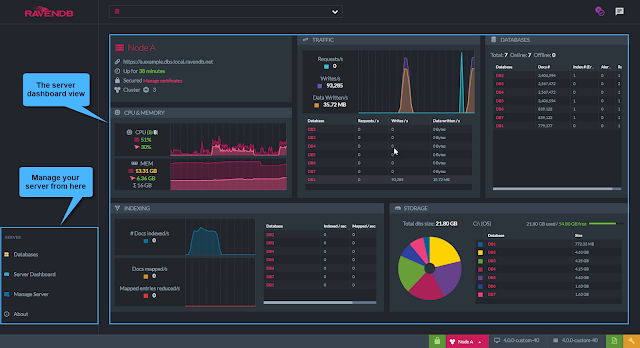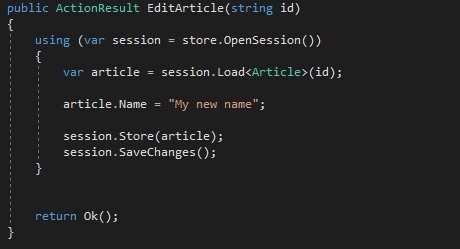Good news: Microsoft just announced .NET Core 2.1 SDK. Let's understand what changes.
 |
| Photo by Anne Nygård on Unsplash |
Long-term Support
Microsoft also announced that this is a Long-term Support (LTS) version. What does that mean?- supported for three years
- security improvements
- added platform support
- superior performance
- improved reliability
- much easier to manage .NET Core and ASP.NET Core versions in project files and with self-contained application publishing.
Features
The most important features IMHO are listed below.Performance and Reliability Improvements
As previously mentioned, there were significant gains related to performance on this version.Improved Platform Support
Windows, Mac, Linux and Docker. There's a .net core version for everyone. The list keeps growing!SignalR.Core
As I mentioned above, yes, the new SignalR.Core is finally available with this release. That's awesome news for those who are using this library and were waiting for that upgrade!Razor Class Libraries
We can now embbed Razor in class libraries so Razor is used in your backend to build views and pages into reusable class libraries..NET Core Tools
This is a very important feature. Existing already in NPM, it basically allows us to install global applications from nuget packages. .NET Core tools run on all .NET Core supported operating system and chip architecture by default, with one set of binaries. Installing and using .NET Core tools is as simple as:
dotnet tool install -g dotnetsay
dotnetsay
dotnetsay
The following existing DotNetCliReferenceTool tools have been converted to in-box tools.
dotnet watchdotnet dev-certsdotnet user-secretsdotnet sql-cachedotnet ef
Build Performance Improvements
Builds are faster on .Net Core 2.1. Here's a comparison from Microsoft: | |
| Source: https://blogs.msdn.microsoft.com/dotnet/2018/05/30/announcing-net-core-2-1/ |
Docker Support
Updated Docker images for .NET Core 2.1 are available at microsoft/dotnet on Docker Hub and contain many improvements and simplifications from Microsoft.See Also
- Why use .NET Core
- Package Management in .NET Core
- Configuration in .NET Core console applications
- How to create a Ubuntu Desktop on Azure
- How to Build and Run ASP.NET Core apps on Linux
- Exporting HTML to PDF using only JavaScript
- Importing CSVs with .Net Core and C#
- Exporting a CSV generated in-memory in Asp.Net with C#
- Generating ASP.NET views in the backend
















